Haworthia $@% 101
bikerdoc5968 Z6 SE MI
10 years ago
Featured Answer
Comments (20)
squishyplant
10 years agolast modified: 9 years agohanzrobo
10 years agolast modified: 9 years agoRelated Professionals
West Milford Landscape Architects & Landscape Designers · Beachwood Landscape Architects & Landscape Designers · Waunakee Landscape Architects & Landscape Designers · Harvey Landscape Architects & Landscape Designers · Clark Landscape Contractors · Melrose Park Landscape Contractors · New Cassel Landscape Contractors · Plainview Landscape Contractors · Spring Landscape Contractors · Carol Stream Carpenters · Tigard Carpenters · Levittown Carpenters · Atlantic City Decks, Patios & Outdoor Enclosures · Cape Coral Decks, Patios & Outdoor Enclosures · Richmond Decks, Patios & Outdoor EnclosuresStush2049 Pitts. PA, zone 6
8 years agonomen_nudum
8 years agobikerdoc5968 Z6 SE MI
8 years agoNicholas C.
8 years agobikerdoc5968 Z6 SE MI
8 years agoewwmayo
8 years agoNicholas C.
8 years agoNil13 usda:10a sunset:21 LA,CA (Mount Wash.)
8 years agobikerdoc5968 Z6 SE MI
8 years agolast modified: 8 years agonomen_nudum
8 years agobikerdoc5968 Z6 SE MI
8 years agolast modified: 8 years agoewwmayo
8 years agolaticauda
6 years agobikerdoc5968 Z6 SE MI
6 years agoSpanishFly - (Mediterranean)
6 years agobikerdoc5968 Z6 SE MI
6 years agolast modified: 6 years agoSpanishFly - (Mediterranean)
6 years agolast modified: 6 years ago
Related Stories
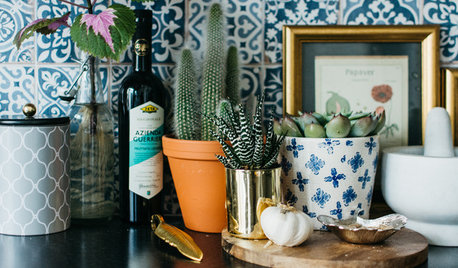
HOUSEPLANTS5 Favorite Succulents to Grow Indoors
These easy-to-grow succulents make great houseplants in bright, sunny spaces
Full Story






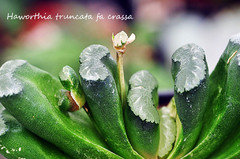
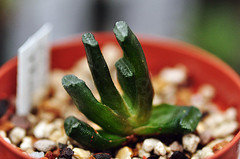

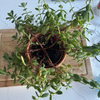
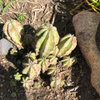
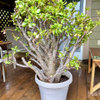
bikerdoc5968 Z6 SE MIOriginal Author